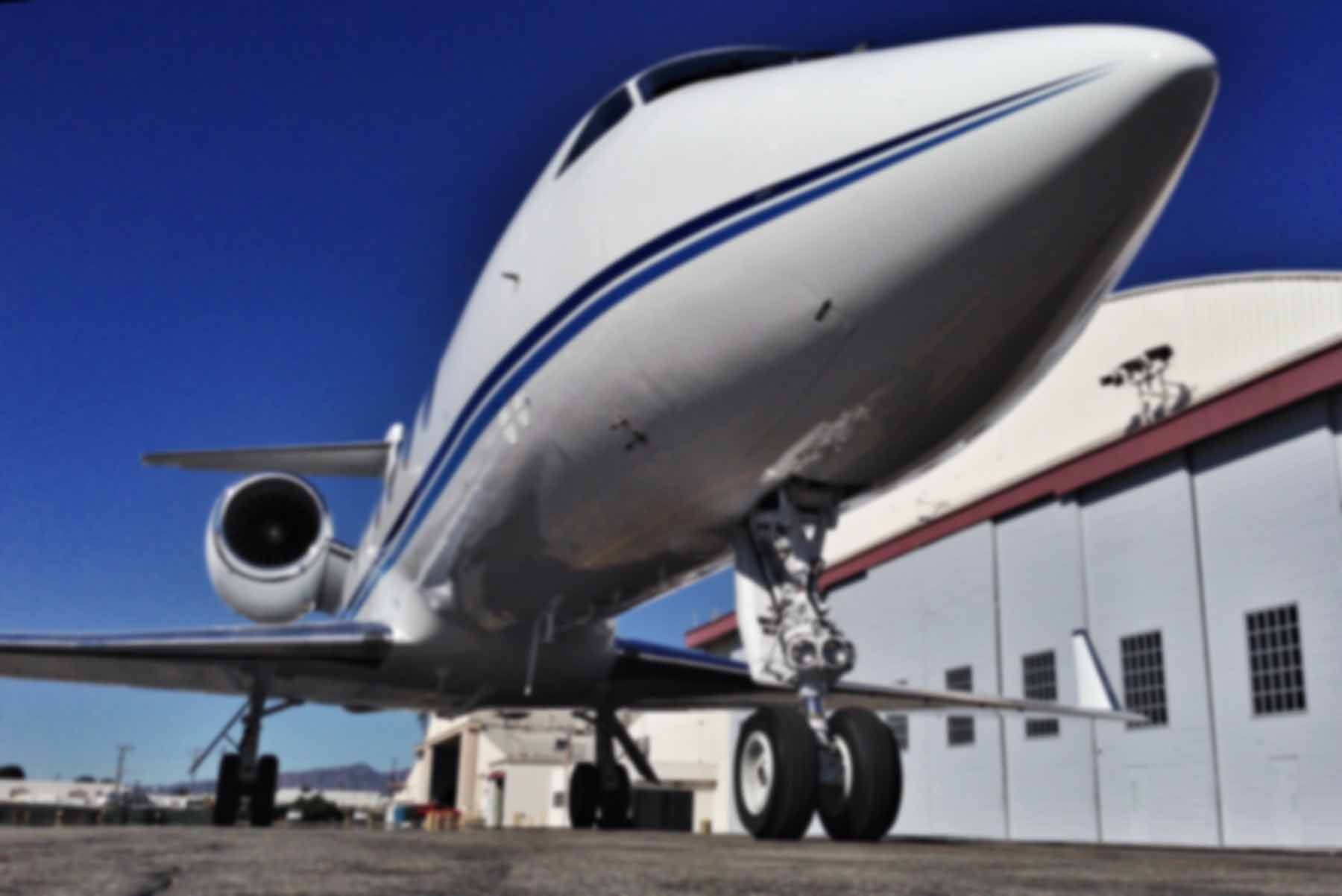John over at Aviation Mentor recently posted an excellent article on the whole pitch vs. power debate.
I’ve never understood the dogmatic attitudes you’ll find among some pilots on this issue, although I’ve definitely seen those vociferous arguments out in the real world.
You can’t say it’s JUST power which determines altitude, because let’s face it, some aircraft don’t even have engines. And those aircraft happen to fly higher than aircraft which do have engines.
And it can’t always be pitch which determines altitude. One look at Sean Tucker flying the Oracle Challenger in level flight with a 45 degrees of pitch is enough to demonstrate that.
John’s longer and more detailed analysis came to the same conclusion I did. I’ve been saying forever that it’s not one or the other. It’s both. The pilot is simply managing the aircraft’s energy state. Those who insist it’s one or the other are taking a narrow-minded view, to say the least.
It pains me to see students get so mixed up in this debate, because it’s pointless, and it places so much emphasis on the topic that a more important element is left by the wayside: trim.
Students tend to think of trim as a secondary control, something relatively minor which is used for pitch. In fact, the control is even referred to as “pitch trim”. But unless you’re behind the power curve, it’s more directly related to airspeed than pitch.
Example: you’re cruising along at 160 knots in level flight and drop 10″ of manifold pressure. The airplane will begin slowing almost immediately. Less air over the wings means less lift. Since it’s trimmed for 160 knots, it’ll start to descend in an effort to maintain 160 knots. You didn’t change the trim, yet the pitch angle did change. What the airplane tried to do was maintain the same airspeed.
Oh, it’ll hunt around a while, but eventually, if the airplane is dynamically stable, it will return to the trimmed airspeed.
The same thing is true of climbs. The airplane is in level flight at 160 knots and you add 10″ of manifold pressure, the airplane will accelerate. This added airflow creates additional lift and the airplane starts to climb. The airspeed drops off again, the airplane’s climb rate decays a bit, the airspeed builds slightly, and the cycle repeats until the aircraft is established in a stable 160 knot climb.
This is an eye-opening event for many students. Yet even among those who “get it”, the importance of trim isn’t always fully apparent until it comes time for instrument training, because precision instrument flying requires pilots to be capable of climbs and descents at constant airspeeds. Without exception, they always have a much easier time of it once they ensure the aircraft is trimmed for the desired airspeed and let the inherent stability of the aircraft work on their behalf.
From where I sit, this tends to relegate this whole pitch/power debate to its proper place: an obscure message forum thread somewhere on the internet.

It’s funny how certain bits of aviation ‘common knowledge’ can be so wrong – “dogmatic” almost doesn’t do it justice sometimes. I had someone once insist to me that symmetrical airfoils DO NOT CREATE LIFT. That was a fun conversation. In the R/C world, it’s the same way. I try to drill into my students’ heads the lessons I’ve learned from full scale and it’s always fun to see the light bulb click on when someone finally understands.
Another good one that tends to divide pilots into “less filling/tastes great” camps is to ask if it is the low pressure on the top of a wing or its downwash that creates lift. HA! Trick question – both do. A stalled wing still produces some lift – just not enough to maintain altitude. Just as with the power/pitch relationship, it’s a combination of both that create the effect and it varies from airframe to airframe and with differing ambient conditions.
Ron makes a few excellent points. from my instructing days, one lesson taught prior to instrument training was that any aircraft can be flown at any airspeed, at any pitch, at any power setting and still be in stable flight. I currently fly the Boing 757 and 767. If you don’t trim the aircraft you will get tired very fast, even as light as the controls are. It is common to see trim changes from level flight to landing of around 40 to 60 percent of the entire range of motion. As for the pitch/power debate, the key is knowing when to use one or the other. Newer models of the 737-8/900 and the 767-400 are much longer than earlier models. Upon landing if you attempt to pitch to control rate of descent for touchdown instead of applying a little power you will more than likely have a tail strike. Not very common for private through commercial students to have this problem. But the awareness can be taught. Not all airplanes land well at flight idle. show your students how to land with a little power and at idle. they will see what that does to pitch over the runway. It will be more pronounced.
well thanks for educating me as an avid 17 yr flight enthusiast. my yr 12 engineering teacher taught me that there were 2 common theories adopted for the principle of flight. Bernoulli’s and the down wash principle but that textbooks adopted the Bernoulli’s concept. thanks to cedarfever for teaching me that they are both valid theries
What makes the problem even more interesting is that in a Cessna 172, when you pull the throttle back, the airplane will stabilize at a HIGHER airspeed than it was trimmed for. I believe the reason is that Cessna mounts its engines with the nose pointed slightly up, so engine thrust is slightly off-axis.
Interesting. I’ve never noticed that! You learn something new every day eh?